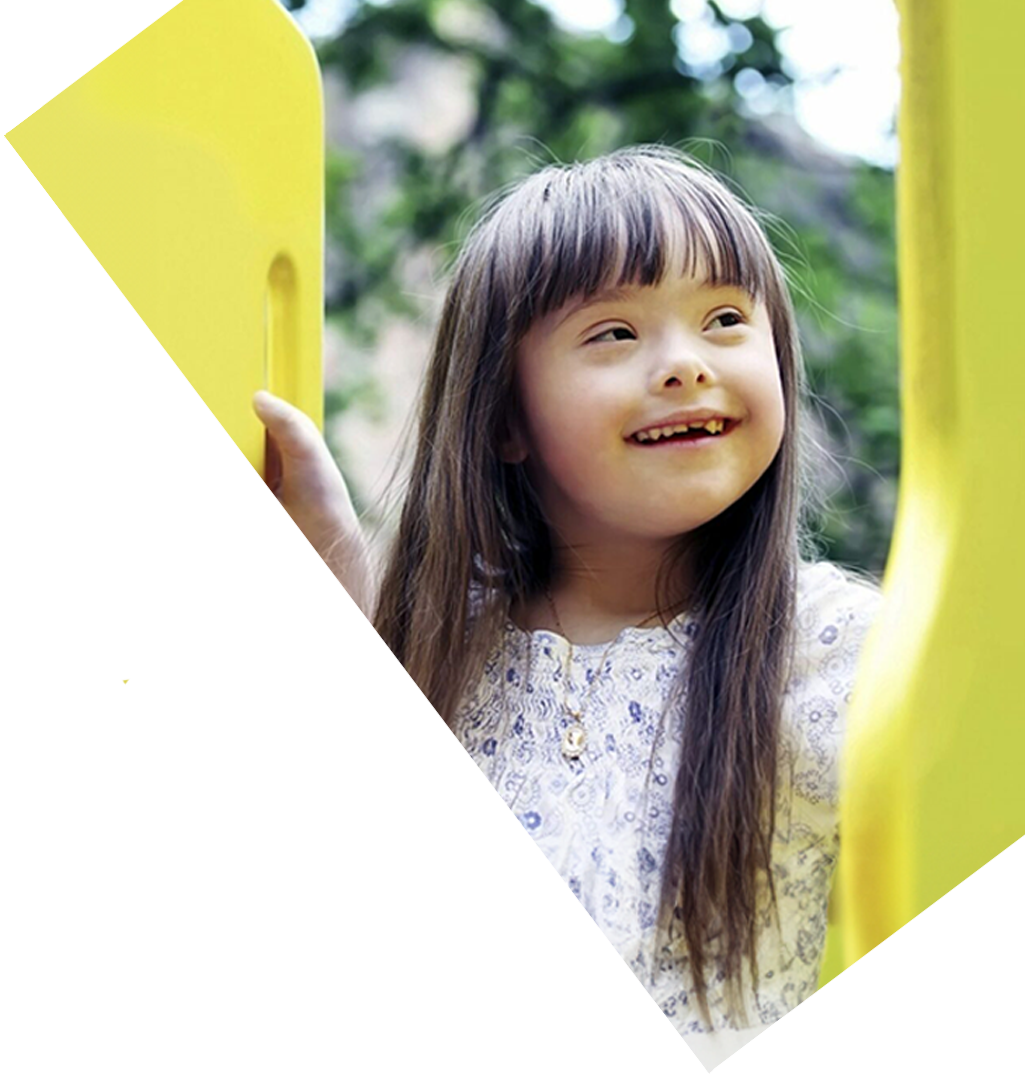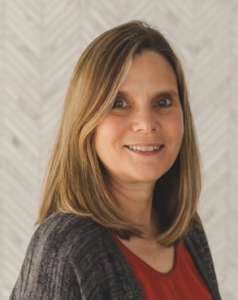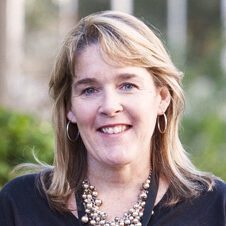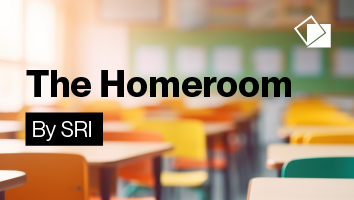
Education program areas
Disability and inclusion program
SRI Education’s disability and inclusion program is serving millions of students and their families
SRI Education’s researchers and technical assistance providers help policymakers, program leaders and educators reduce educational barriers and create effective inclusive environments for children, youth and adult learners with disabilities. We do this by evaluating the effectiveness of interventions, conducting longitudinal studies that inform programs and policies, developing accessible technologies and alternative assessments and providing technical assistance.
Improving outcomes for students with disabilities
SRI Education has been a leader in disability education research and technical assistance since the Individuals with Disabilities Education Act (IDEA) was passed in 1975.
We combine our unique understanding of the multiple systems serving students with disabilities and their families with our developmental and pedagogical expertise across disability categories and age ranges to help educators increase learning and accessibility.
Our disability and inclusion program for education
Inclusive education is an integral component of schooling in the United States. More than 7 million students in the United States qualify for special education services, and most of those students spend at least part of their school day in general education classrooms. Despite decades of advocacy for disability rights, students with disabilities continue to experience barriers that challenge their ability to thrive in their schools and communities. To overcome these barriers, educators and providers need the knowledge and tools to create inclusive and equitable environments that optimize learning outcomes for their students.
SRI Education’s disability education researchers and technical assistance providers apply their deep content knowledge and methodological expertise to produce relevant and usable findings from rigorous studies, resources that educators can use across disability categories and age ranges, and new and innovative tools such as robotics and augmented reality to increase access to challenging content for students with disabilities.
Recent work
-

Recognizing the life and work of Mary Wagner
A cherished SRI colleague and globally respected leader in education research, Mary Wagner leaves behind an extraordinary legacy of groundbreaking work supporting children and youth with disabilities and their families.
Our work
Our team
-

Jennifer Tschantz
Principal Senior Early Childhood TA Specialist and Researcher, SRI Education
-

Todd A. Grindal
Co-Director, Center For Learning & Development, SRI Education
-

Shari Gardner
Principal Education Researcher, SRI Education
-

Betsy Davies-Mercier
Senior Researcher, SRI Education
-

Grace Kelley
Senior Principal Education Researcher, SRI Education
-

Jennifer Nakamura
Senior Researcher, SRI Education
-

Lynn Newman
Principal Researcher, SRI Education
-

W. Carl Sumi
Senior Principal Education Researcher, SRI Education
-

Kathleen M. Hebbeler
Senior Principal Education Researcher, SRI Education
-

Margaret Gillis
Principal Researcher, SRI Education
-

Kathryn Morrison
Senior Education Researcher, SRI Education
Associated publications
-
Programs serving children with disabilities—IDEA as a key component of a state early childhood system
All programs serving young children and their families need to understand IDEA and what it means for families and children with disabilities to access and benefit from all early childhood…
-
Telepractice for Part C early intervention services: Considerations for effective implementation and Medicaid reimbursement
The purpose of this report is to provide information about the use of telepractice as a delivery method for EI services and the process for Medicaid reimbursement.
-
College-Based Transition Services’ Impact on Self-Determination for Youth With Intellectual and Developmental Disabilities
Most youth in transition services with labels of intellectual and developmental disabilities (IDD) have poorer employment outcomes than their peers with other or without disabilities. One alternative approach to address…


